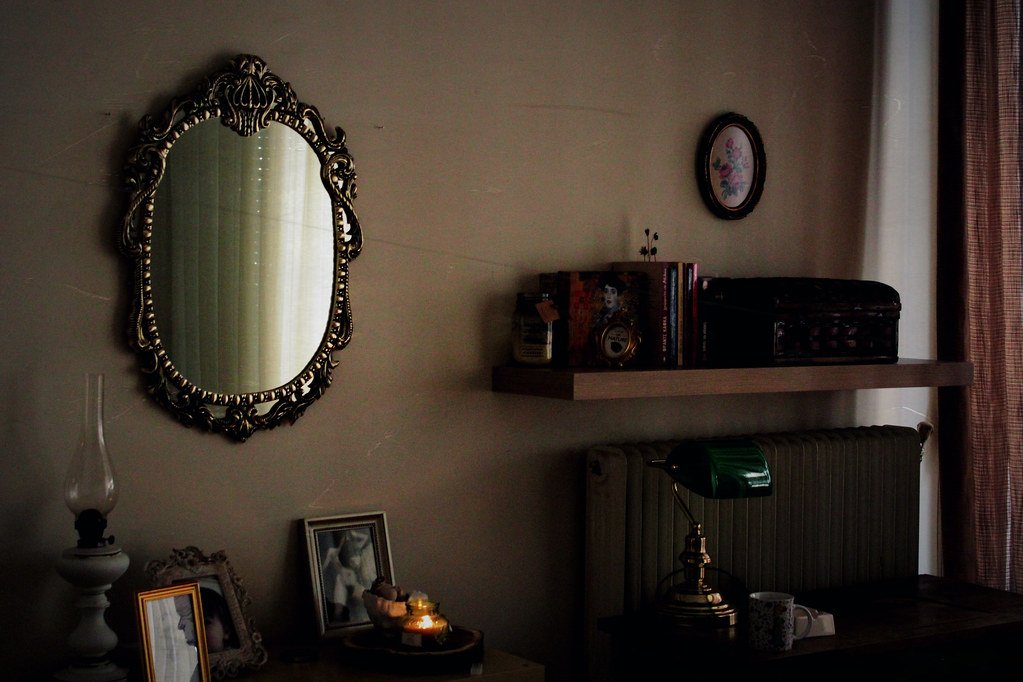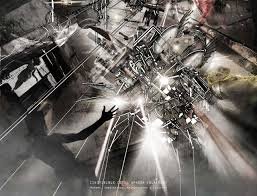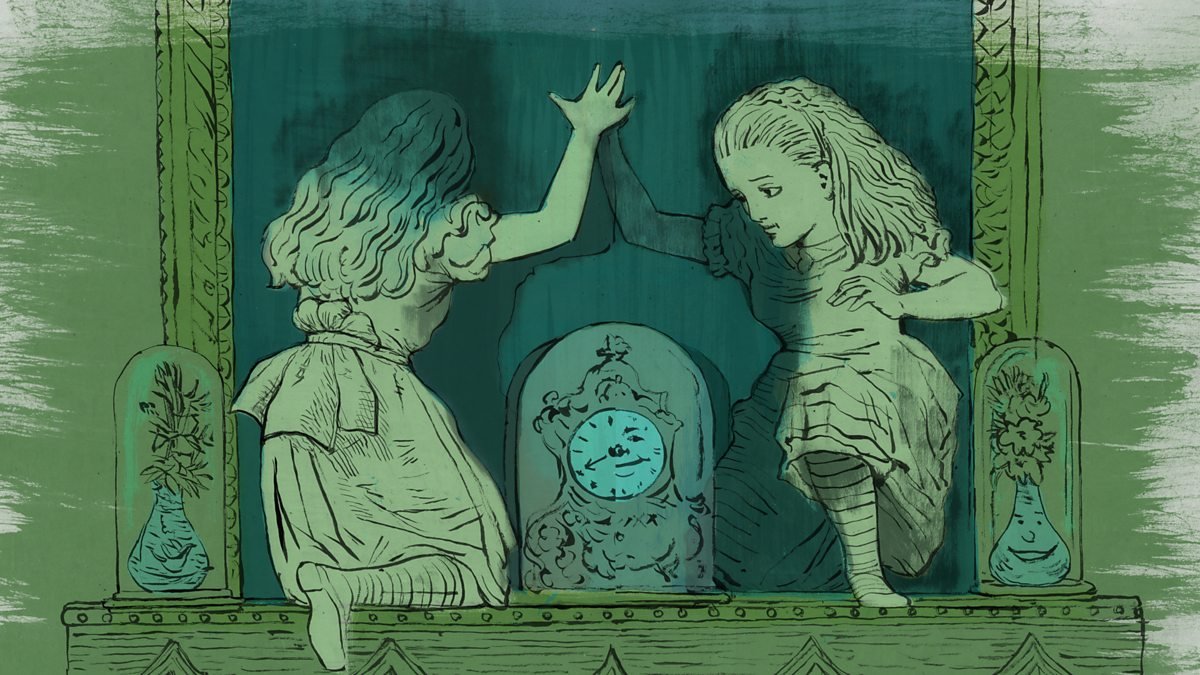Emptiness is not the absence of experience; it is the experience of absence. It is the silent scream of consciousness when every structure of meaning has dissolved but awareness remains intact. Patients who live within this condition are not broken — they are suspended. They inhabit a state where perception continues but participation fails. It is not pain that torments them, but the unbearable neutrality of existence. They are neither fully alive nor dead, caught in the liminal zone between being and non-being.
To understand this condition, psychiatry must leave the comfort of diagnosis and enter metaphysics. Emptiness is not merely a symptom; it is a mode of existence — an ontological configuration of the mind. Beneath its psychological surface lies a profound tension between awareness and attachment. The human psyche cannot live on awareness alone; it needs form, narrative, desire — it needs something to lean on. When those attachments dissolve — through trauma, disillusionment, or the collapse of identity — awareness remains, naked and unanchored. This raw consciousness perceives everything yet touches nothing. It is both infinite and unbearable.
Neuroscience offers a glimpse into this inner desert. Studies on depersonalization and derealization reveal disruptions in the insula, the brain region that integrates bodily sensation with emotional salience. Without this integration, perception loses its warmth. The world becomes visually intact but emotionally dead — a simulation without depth. In emptiness, the self is not destroyed but disconnected from its own embodiment. The mind floats above the flesh, observing without feeling. It is as if the soul has become a spectator of its own life.
But what modern neuroimaging cannot capture is the metaphysical terror of this state — the existential vertigo of realizing that nothing inside truly responds. This is where psychiatry touches philosophy again. Emptiness is consciousness stripped of illusion. It exposes the scaffolding of selfhood and the artificiality of meaning. Most humans live buffered by the soft hallucinations of purpose, love, and identity. When those dissolve, what remains is not madness — it is truth, raw and silent. But few can endure that truth without disintegration. Thus, the mind invents symptoms to fill the void: anxiety, compulsion, obsession — each an attempt to restore texture to the flatness of being.
Culture amplifies this pathology. The modern subject is defined not by interiority but by exposure. To exist is to be seen; to feel is to perform. The social media mirror multiplies the self until it becomes translucent. In the endless reflection of images, the soul evaporates. Loneliness becomes hyper-visible but intimacy becomes impossible. The body becomes content; emotion becomes currency. Under such conditions, emptiness is not a disorder — it is the logical outcome of existing without depth. The psyche collapses under the weight of its own simulation.
Yet emptiness is not the end of meaning — it is the clearing where new meaning can emerge. Those who endure it without fleeing discover that nothingness is not sterile. It is fertile in its silence. When stripped of artificial structure, the psyche begins to generate authenticity from within. This process is painful and slow, but it is the foundation of transformation. The void becomes a womb. In its darkness, the self reorganizes around direct experience rather than borrowed identity. What once felt like death reveals itself as birth in disguise.
Therapeutically, the psychiatrist must resist the impulse to fill the void too quickly. Medication may soothe the body, but the deeper cure is existential courage — the willingness to remain conscious inside the emptiness. The therapist’s presence becomes a mirror in which the patient learns that the void can be inhabited, not escaped. Healing begins when the patient realizes that the emptiness is not a defect but a doorway. In this sense, therapy becomes an act of ontological companionship — two consciousnesses facing the silence together until it begins to speak.
The spiritual traditions of East and West have long known this terrain. In Zen, the moment of kenshō — seeing one’s true nature — often follows the collapse of meaning. The practitioner falls into the abyss of nothingness only to realize that it is made of light. Similarly, in Christian mysticism, the “dark night of the soul” precedes union with the divine. Both traditions describe what psychiatry now rediscovers through the language of neuroplasticity and consciousness studies: that the death of false meaning is the beginning of real awareness.
From a biological standpoint, the return from emptiness corresponds to the reactivation of affective circuits — particularly those linking the insula, anterior cingulate, and limbic structures. But this reactivation cannot be forced; it must be invited through experience. Meaning, in the brain, is not a cognitive event but an embodied rhythm — the re-synchronization of thought and feeling, self and world. Thus, recovery from emptiness is not achieved by understanding it intellectually, but by re-learning to feel safely. The goal is not to escape the void, but to dance within it.
Philosophically, emptiness reveals the most fundamental paradox of consciousness: that the ground of being is also the absence of form. The universe itself is born from nothing, yet that nothing sustains everything. The psyche mirrors this cosmology. Beneath every thought, memory, and desire lies a silent field of awareness — vast, empty, and eternal. To encounter emptiness, then, is to meet the origin of the self. It is terrifying because it dissolves all distinctions, but liberating because it shows that one was never truly separate. The ego dies, but life continues.
Perhaps psychiatry’s greatest task in the coming century will be to integrate this realization — to evolve from a science of dysfunction into a science of consciousness. The future psychiatrist will not only treat disorders of mood or perception but guide human beings through the thresholds of awareness itself. Emptiness, once feared as a void, will be recognized as a dimension of reality — a necessary phase in the evolution of mind. Suffering will no longer be viewed solely as pathology, but as initiation: the psyche’s way of expanding its own capacity for meaning.
For those who endure the long night of nothingness, dawn does not come suddenly. It arrives quietly — through the rediscovery of the simplest sensations. The warmth of sunlight on skin. The sound of breathing. The fragile beauty of impermanence. Life begins to hum again, softly, without demand. The world regains its depth, not because it changes, but because the one who perceives has learned to see.






